Understanding Creative Block vs. Burnout
Every artist, writer, and maker will eventually face that moment when inspiration dries up and motivation goes silent. Knowing how to overcome creative block and burnout with proven techniques is essential for sustaining a healthy, productive, and inspired creative life. Whether your energy feels dimmed by overwhelm, repetition, or self-doubt, rest assured—creative resilience can be strengthened with intention and strategy.
In this post, we’ll explore actionable tools to reset your mind, recharge your energy, and rekindle your creative spark. These methods are rooted in real-world routines and psychology-backed practices designed specifically for artists and creators.
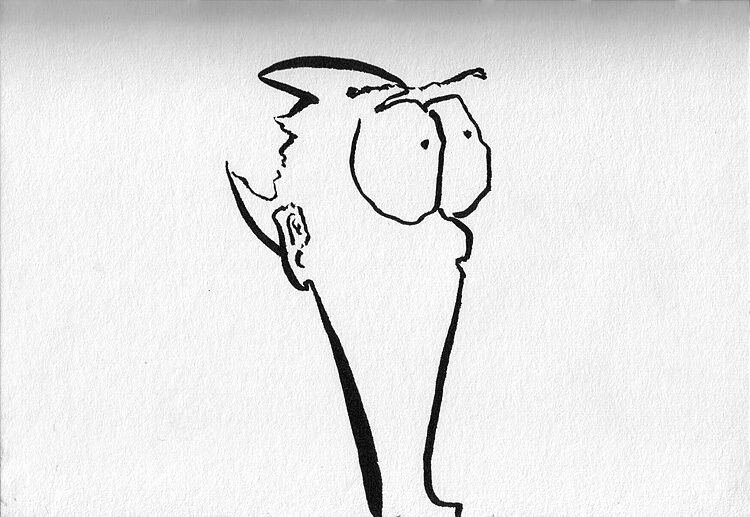
credit: JASONPOGO
Although they often coexist, creative block and burnout are not the same:
- Creative block is the mental fog that prevents new ideas from taking shape. You may feel stuck, unsure how to start, or dissatisfied with everything you make.
- Burnout, on the other hand, is physical and emotional exhaustion. It’s a full-body signal that your pace or workload has become unsustainable.
Distinguishing between the two allows you to respond with the right remedy.
Reconnect with Your “Why”
Creative burnout often stems from forgetting your original motivation. Reflect on:
- Why you started your creative practice
- What themes excite you most
- Which pieces in your past made you feel most fulfilled
Journaling, voice notes, or even sketching how it felt when you loved the process can reignite purpose. Reconnection is a surprisingly potent first step.
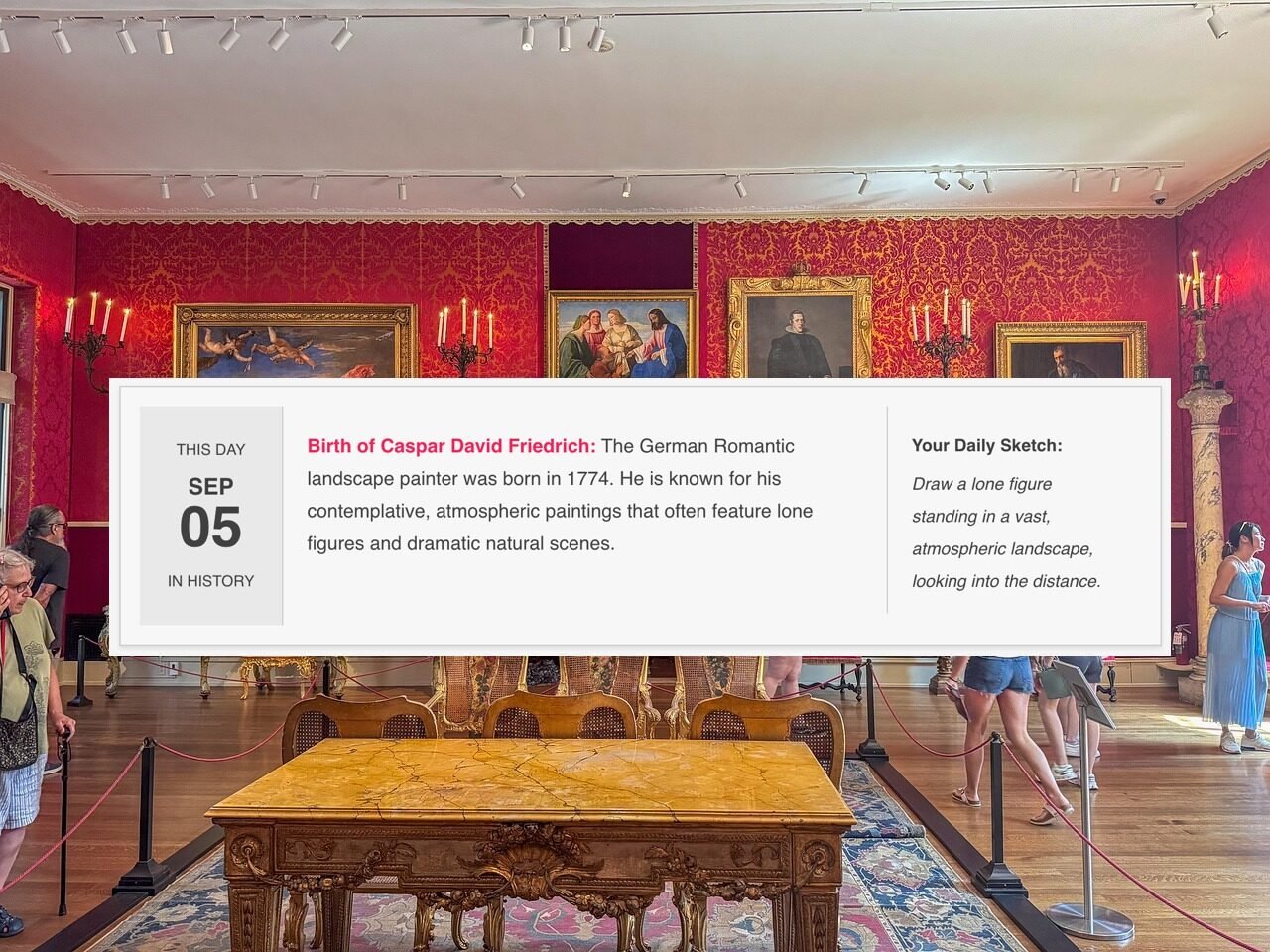
Step Away from the Outcome
One powerful method to beat creative block is to detach from perfection. Let go of expectations. Play without pressure. Create something bad on purpose—a sketch, a paragraph, a rough draft—just to get moving.
Try:
- A timed 10-minute doodle with your non-dominant hand
- A “trash page” in your sketchbook
- Reinterpreting an old piece without caring how it turns out
These exercises reset your brain by lowering the stakes and breaking rigidity.

Schedule Creative Rest
Rest is not laziness—it’s critical fuel for creative minds. Consider:
- A full digital detox day
- Swapping your usual studio for an outdoor walk
- Listening to music or stories without multitasking
Intentional rest provides mental clarity and emotional replenishment.
Change Your Medium
Sometimes a simple switch in tools can open new pathways. If you usually draw in ink, try watercolor. If you write on screen, try handwriting. This sensory shift surprises the brain and bypasses habitual blocks.
- Painters might try collage or sculpture
- Writers might record spoken notes instead of typing
- Designers could explore analog techniques or photography
Movement between mediums stimulates fresh problem-solving and play.
Establish Micro-Rituals
When burnout makes big tasks feel impossible, micro-rituals help you return to your work in manageable ways. Examples include:
- Lighting a candle before starting
- Sharpening pencils as a tactile signal
- 10-minute warm-up sketch before a major project
The ritual becomes a sensory cue that guides your mind toward focus and intention.
Limit Comparison and Reclaim Your Voice
Social media and constant exposure to other artists’ work can contribute to a sense of creative inadequacy. To minimize comparison:
- Mute or unfollow accounts that trigger self-doubt
- Spend more time creating than consuming
- Reaffirm your personal artistic values
Your voice doesn’t need to be louder than others—it just needs to be yours.
Use Prompts and Constraints
When you can’t find a way forward, limitation can be liberating. Prompts create direction, and boundaries create playgrounds.
Try:
- “Draw only with three lines at a one”
- “Write about the color yellow without naming it”
- “Create a scene with only triangles and circles”
Constraints can pull you out of analysis paralysis and into playful experimentation.
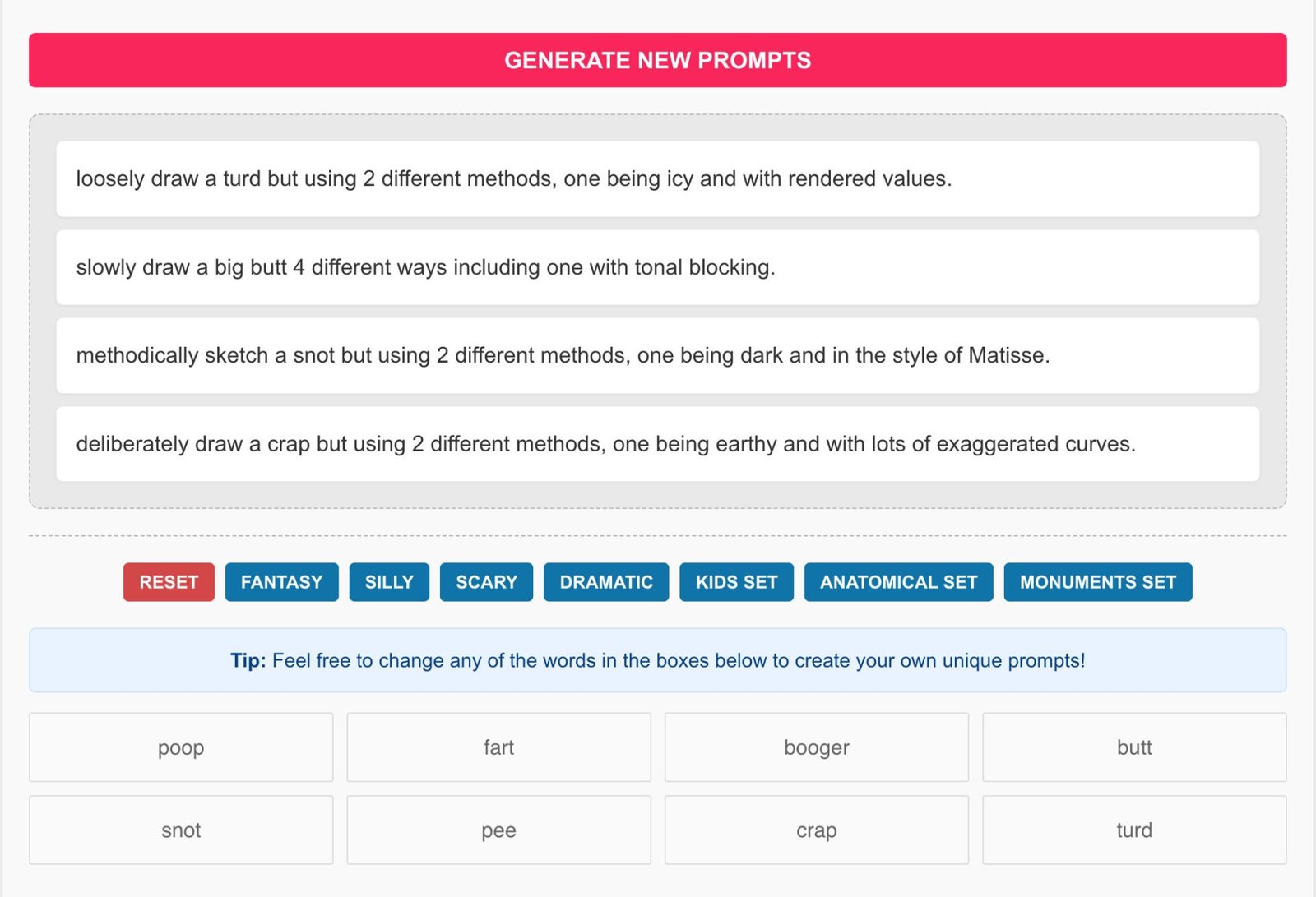
Incorporate Mindfulness and Movement
Mental blocks are often stored in the body. Gentle physical activity, paired with mindfulness, can unlock both clarity and calm. Ideas:
- Yoga or stretching between studio sessions
- Walking meditations
- Breathing exercises before beginning work
These help balance your nervous system—restoring capacity for imaginative thinking.
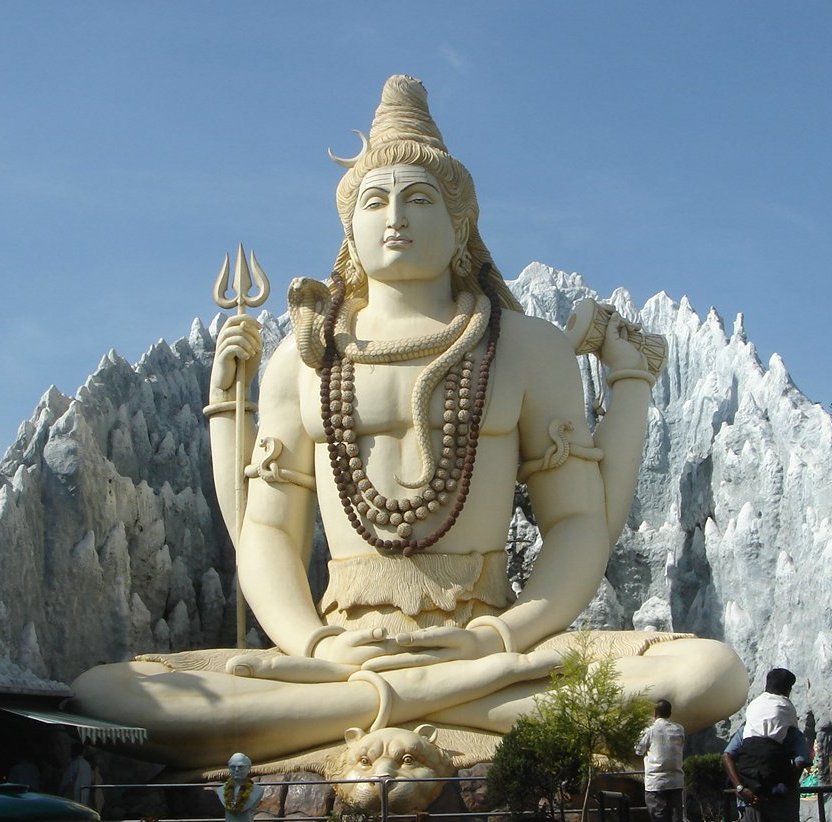
Frequently Asked Questions
What causes creative block?
It’s often triggered by stress, self-judgment, fear of failure, or overstimulation.
How can I tell if I’m creatively burned out?
Burnout feels like deep fatigue, loss of motivation, and emotional detachment from your creative practice.
Should I keep making work even if I feel blocked?
Light engagement can help—but forcing it can increase stress. Choose gentle reentry.
How long does it take to recover from creative burnout?
Recovery varies; small, consistent actions and rest are more effective than rushing back.
Are artist prompts really helpful?
Yes—well-crafted prompts provide structure and inspire play, especially when you feel directionless.
Is it okay to take a long break from creating?
Absolutely. Time away can reset perspective and rekindle joy.
What if nothing feels inspiring anymore?
Try consuming different art forms, reading poetry, or collaborating to find unexpected sparks.
Should I talk to someone if I feel stuck too long?
Yes—a creative coach, therapist, or mentor can offer perspective and support.
Final Thoughts
Learning how to overcome creative block and burnout with proven techniques is not just about productivity—it’s about rebuilding trust with your creative self. It means choosing compassion over criticism, and curiosity over perfection.
Instead of waiting for inspiration to return, choose to meet yourself where you are. Even the smallest gesture—a line, a color, a note—can become the beginning of something new. Progress doesn’t always look like output. Sometimes, it’s simply the act of showing up with openness.
Give yourself that grace. Your creativity hasn’t left—it’s just waiting for a softer invitation.
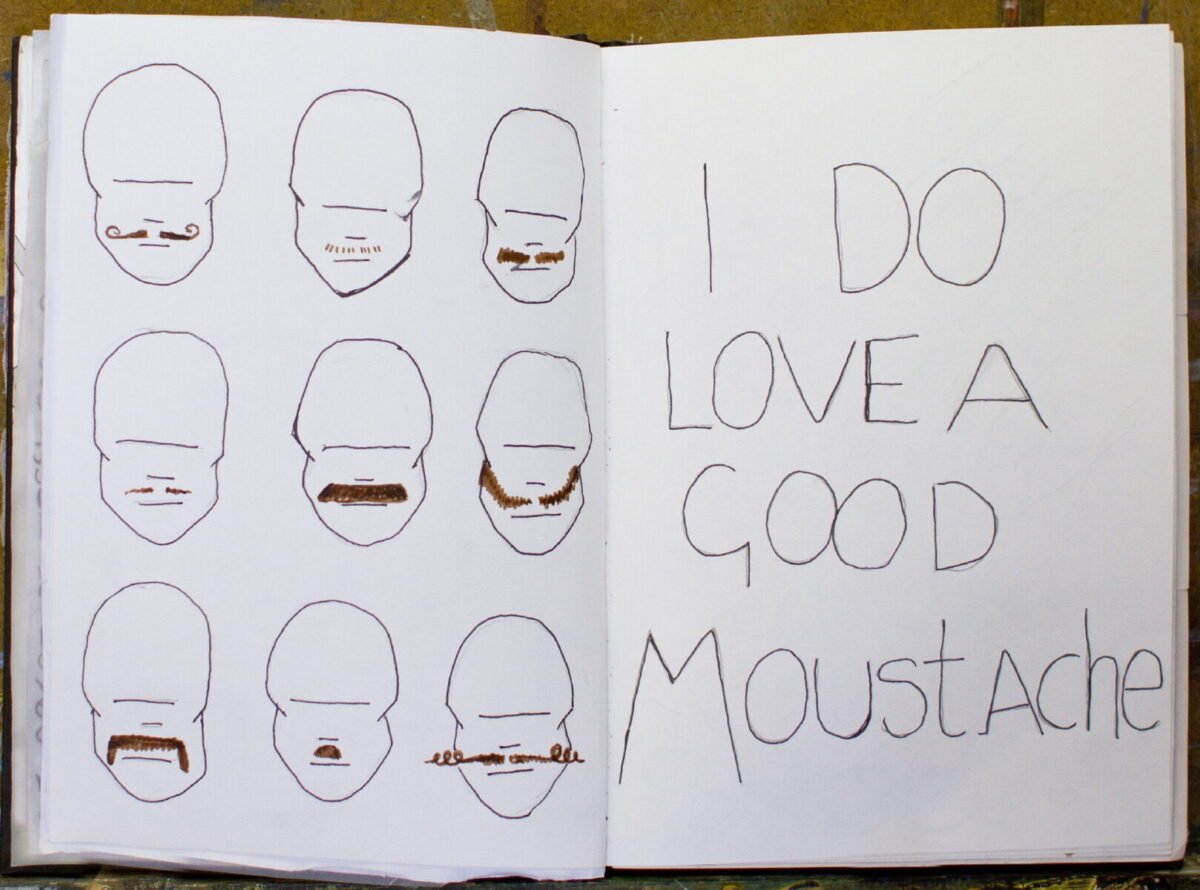
credit: KINGBECK
Ready to Share Your Work?
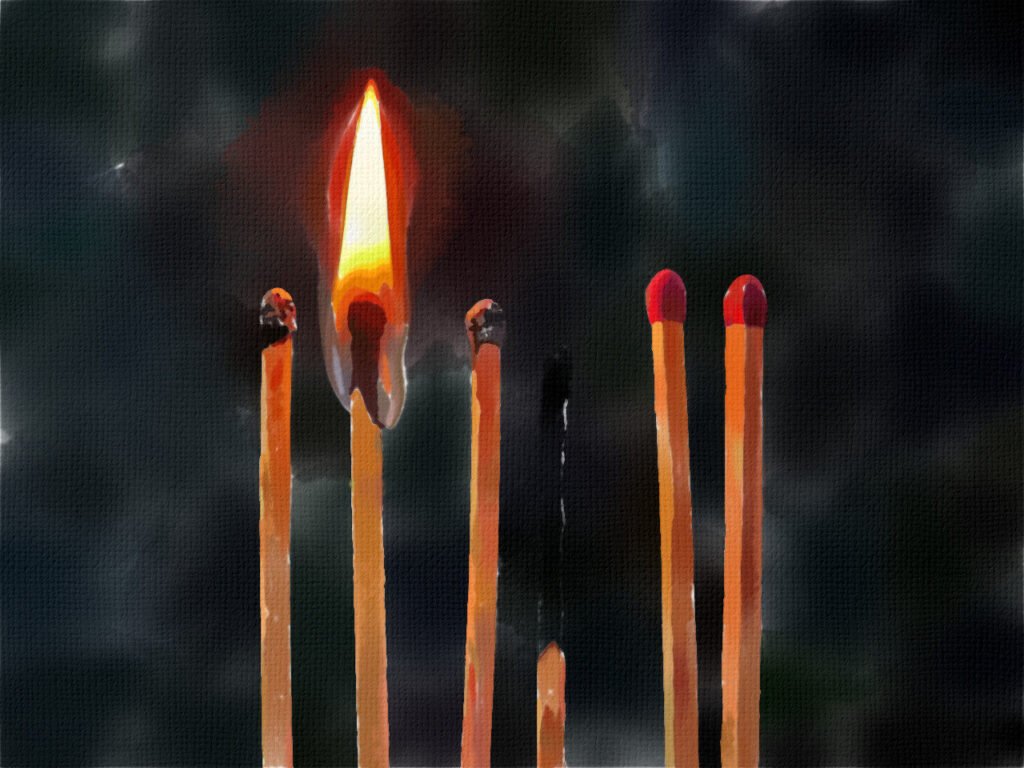

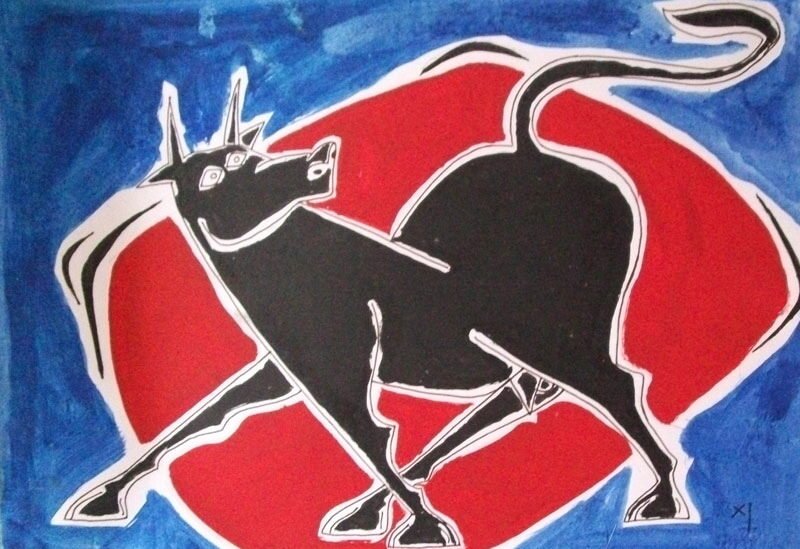
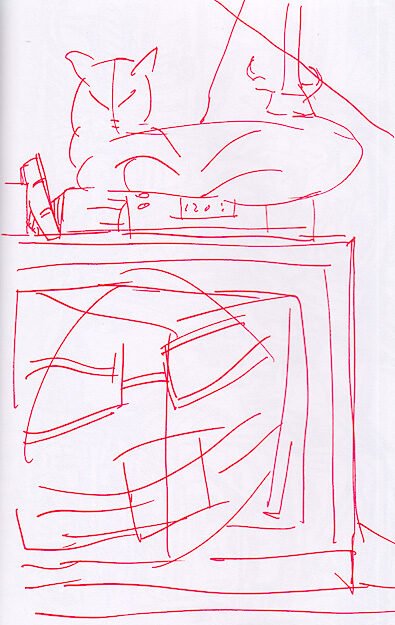
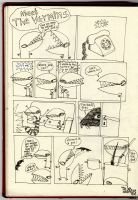
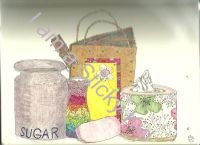
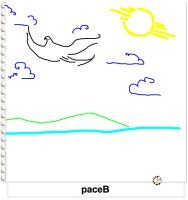
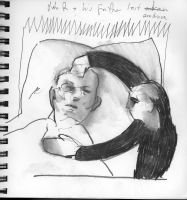
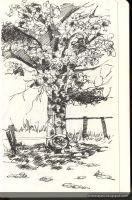
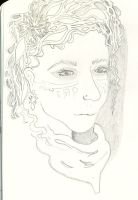

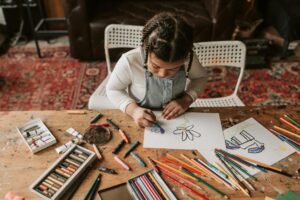
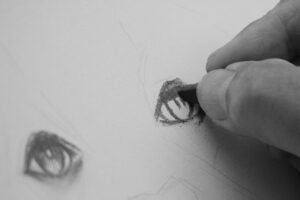
A reminder to rest before creating…